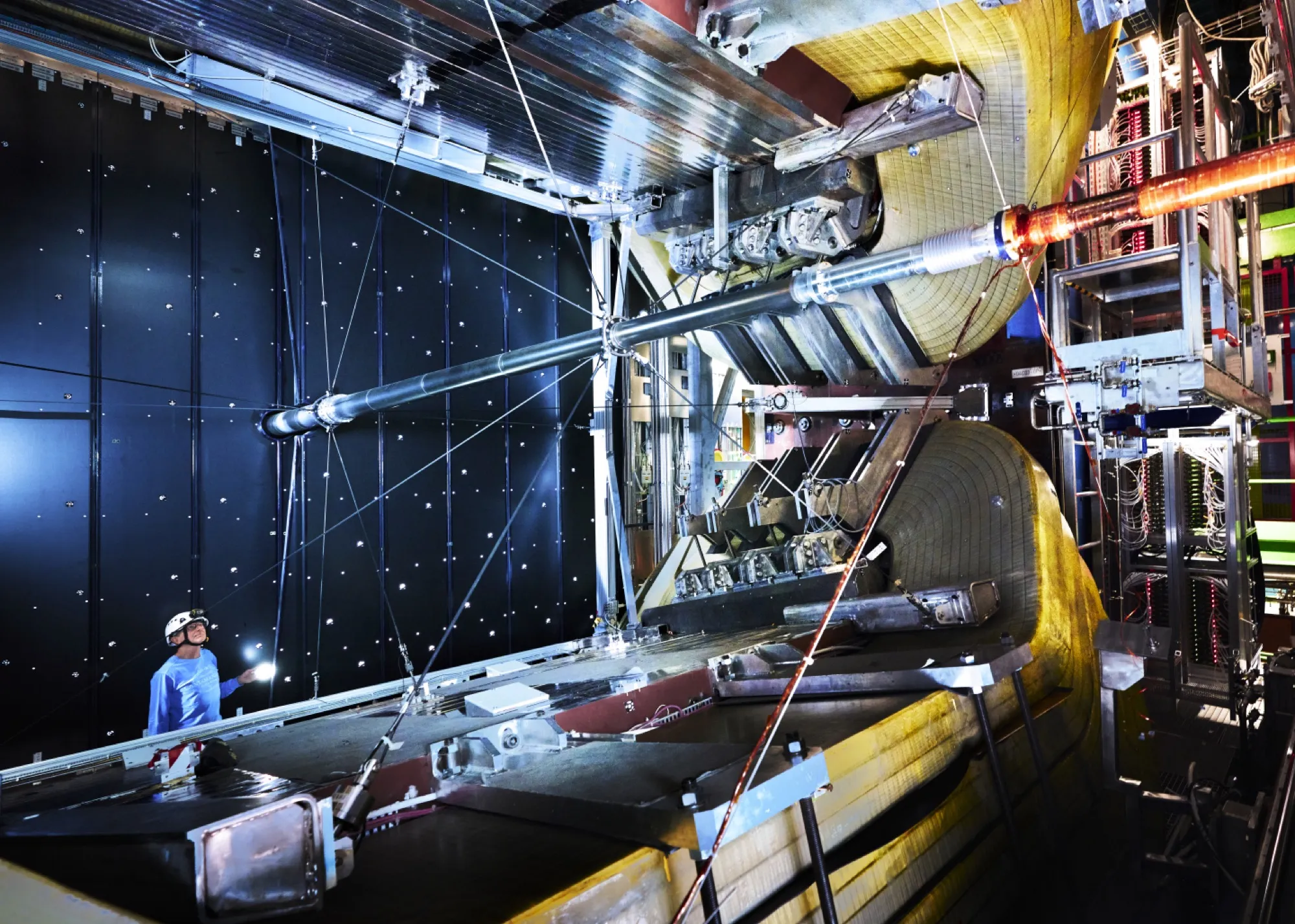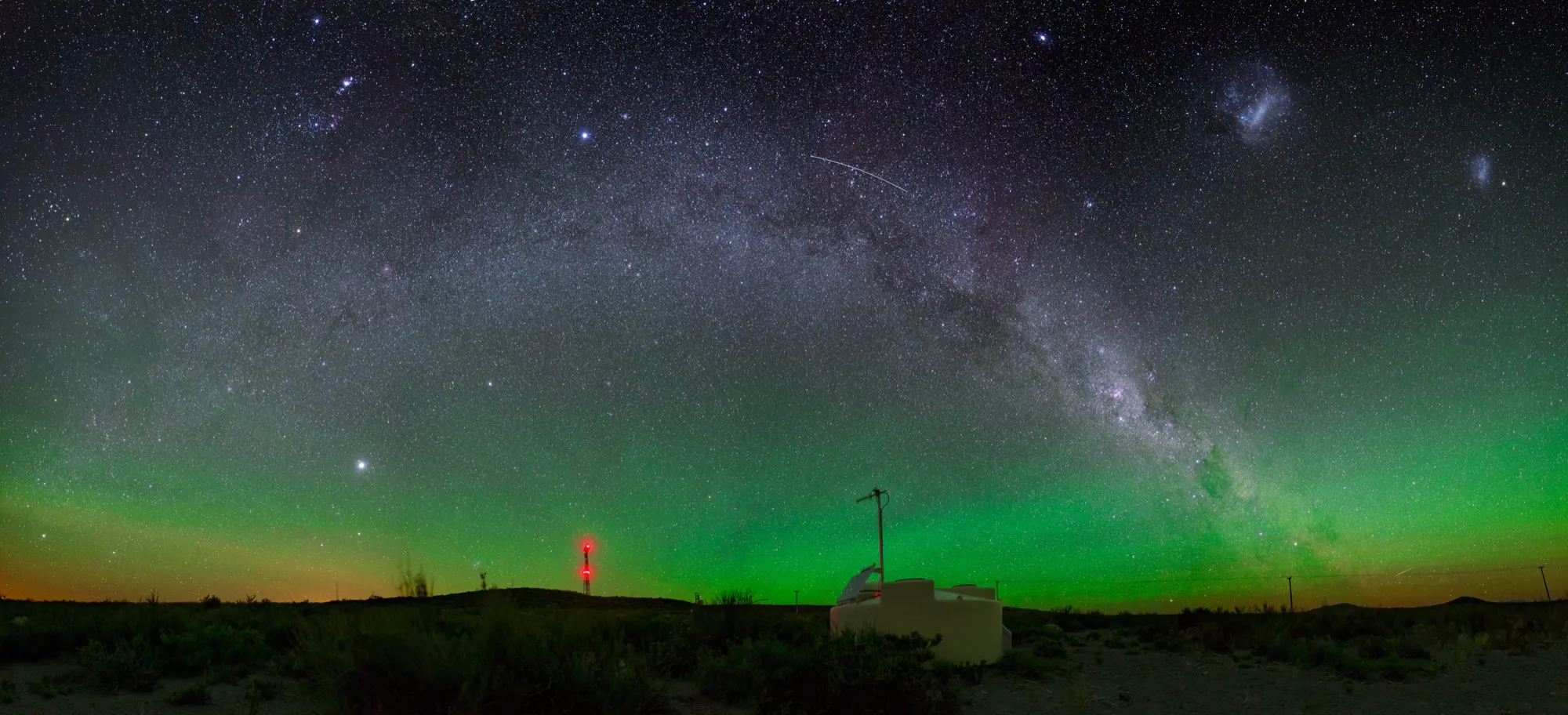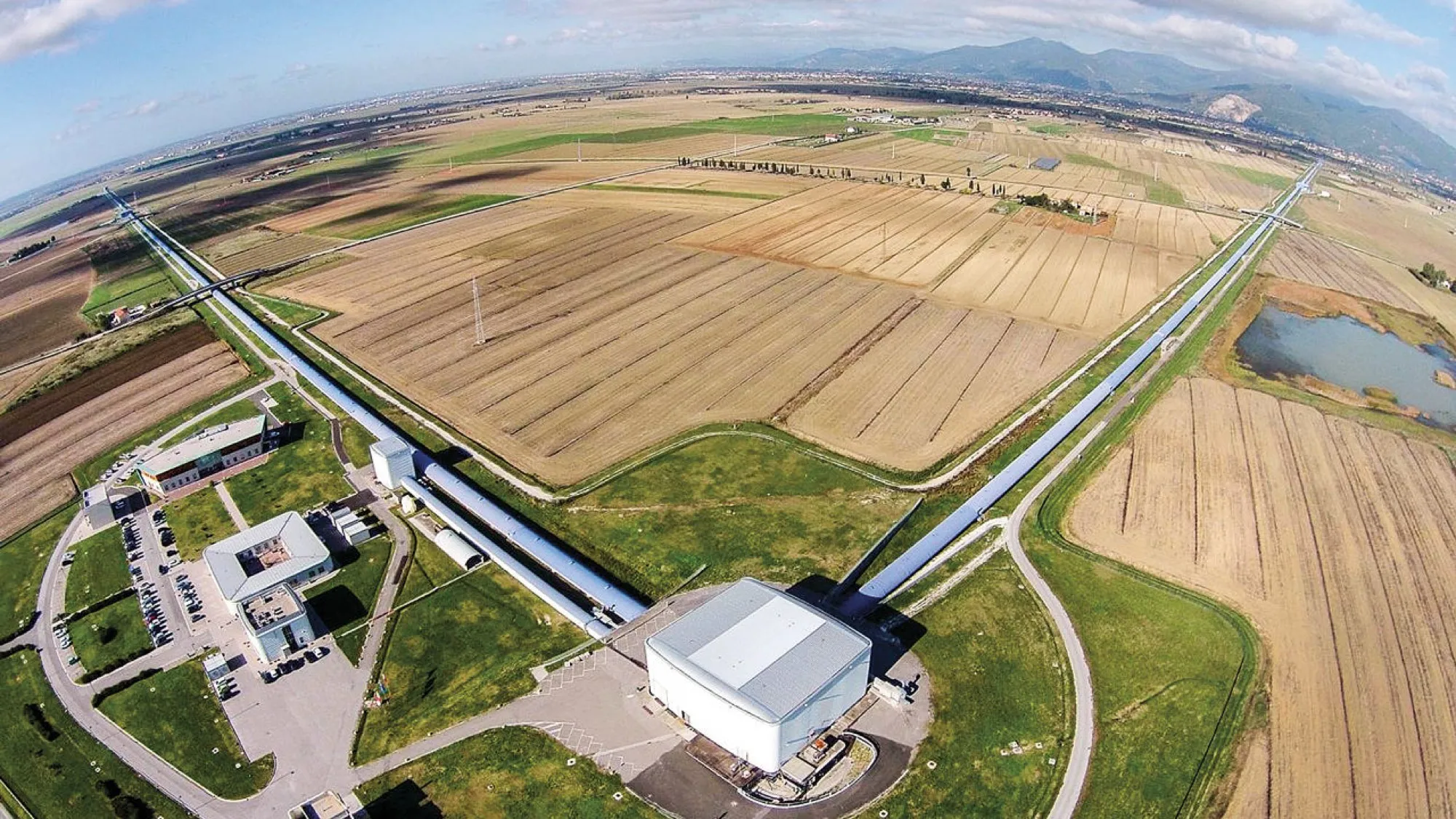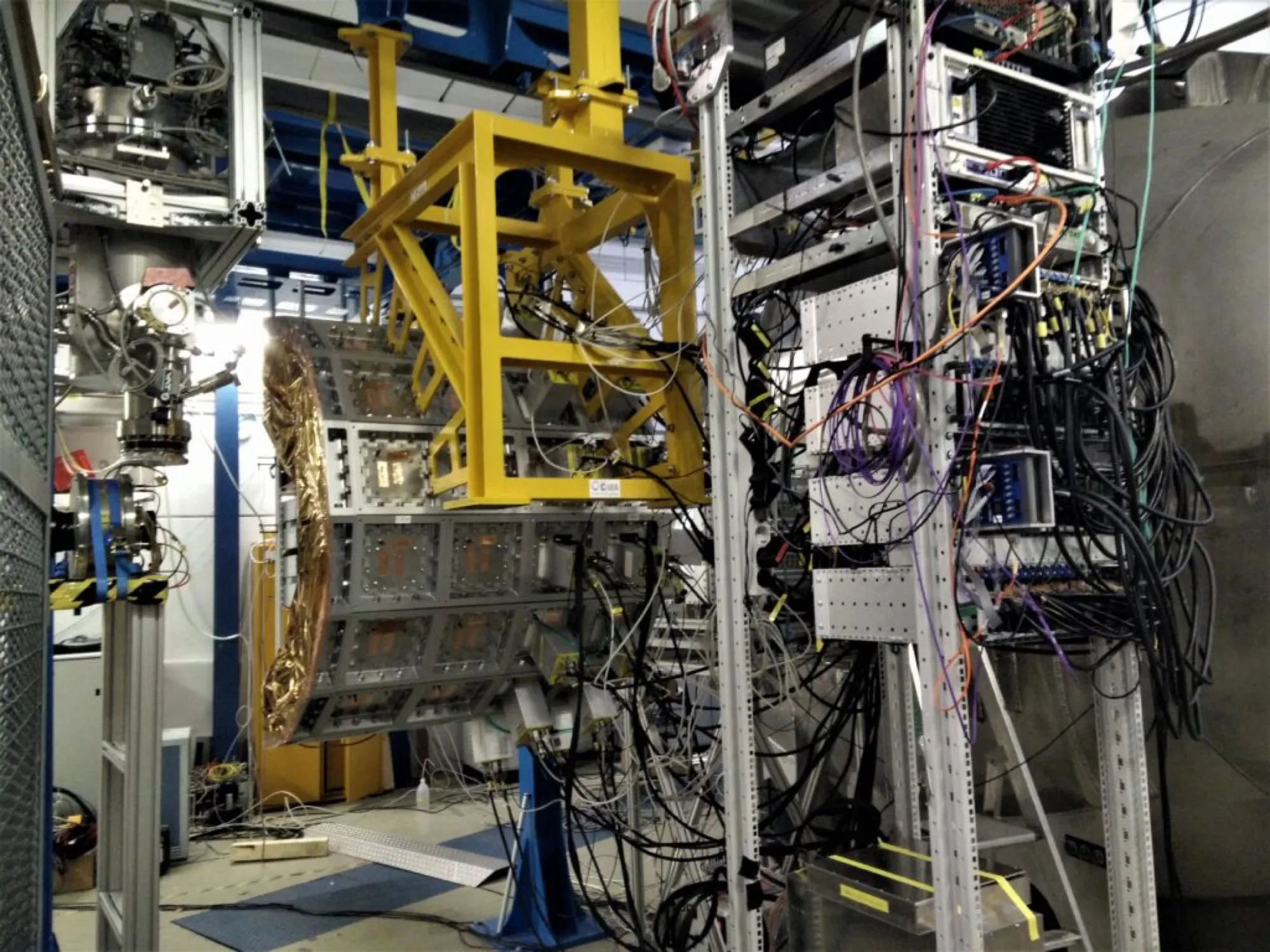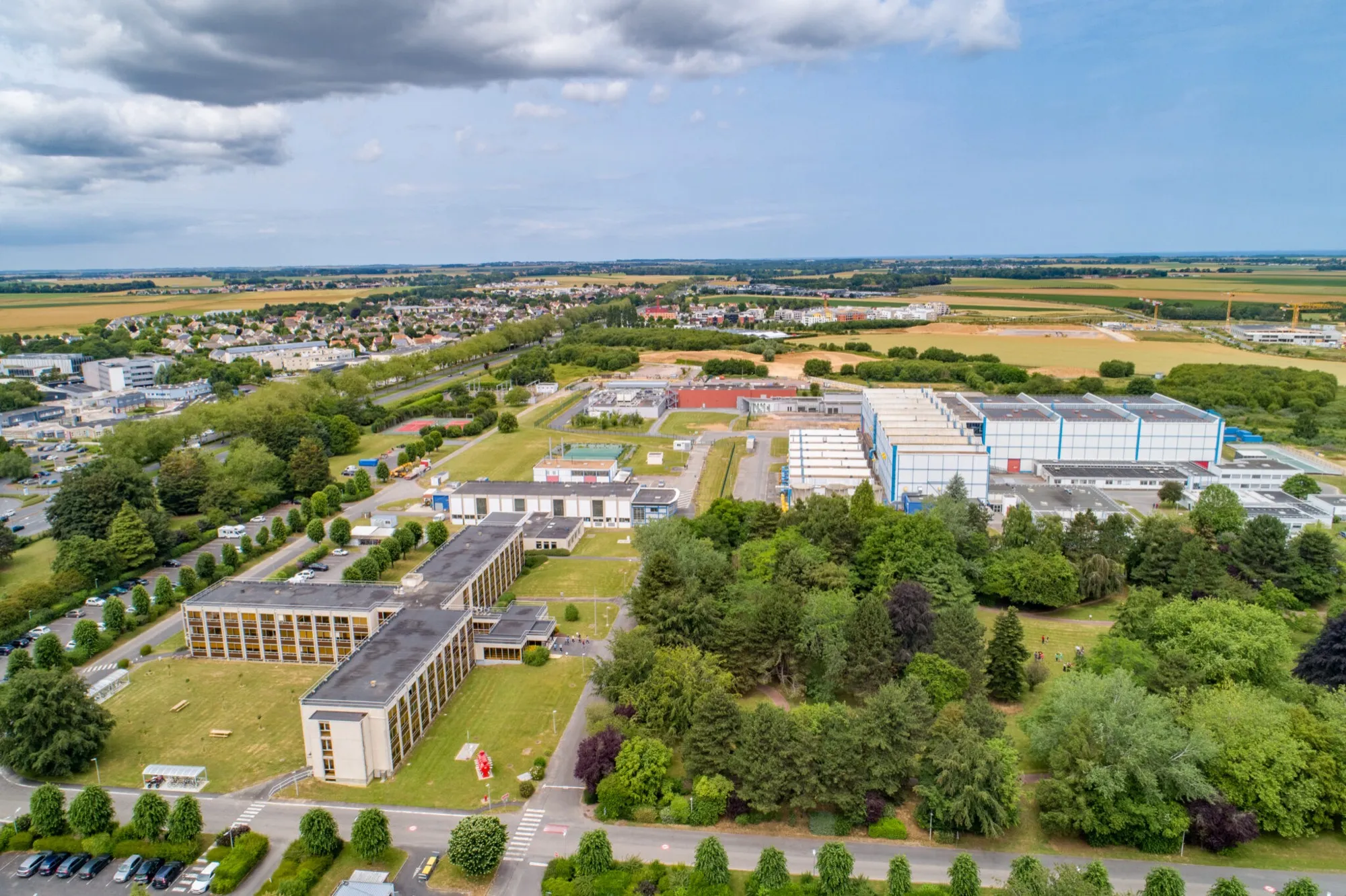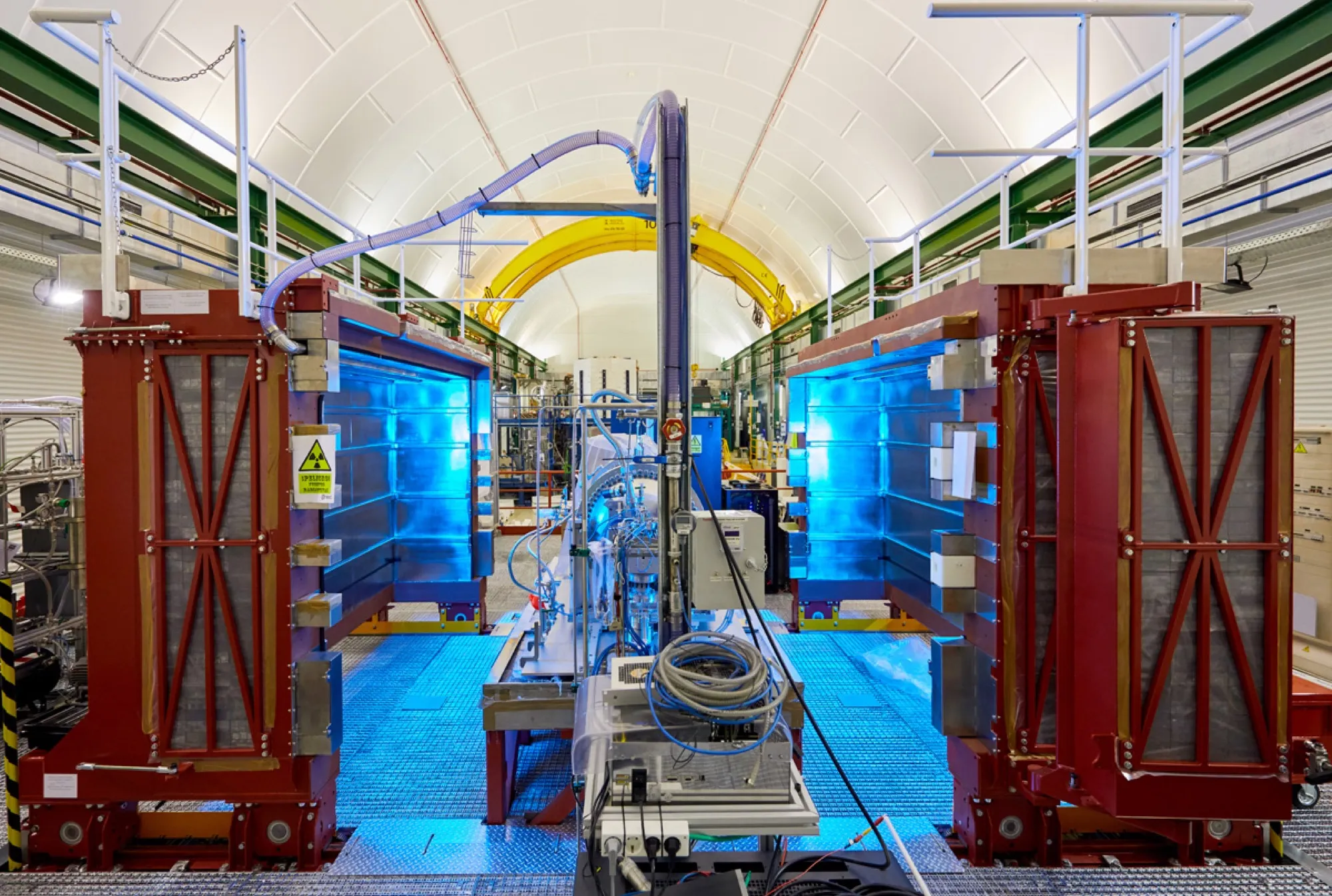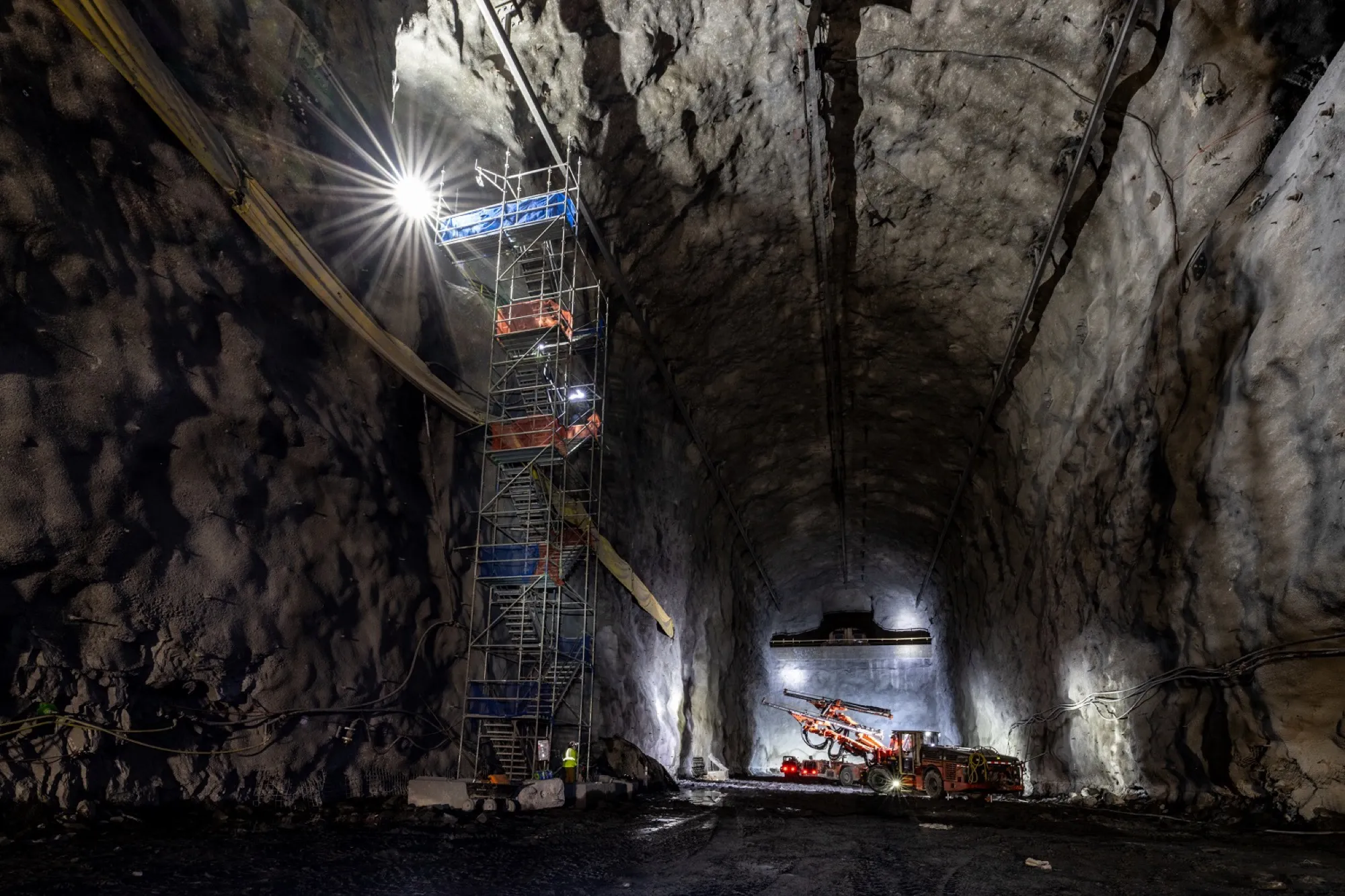SA1_LHCB
LHCb
Why does matter prevail over antimatter in our world? How do the fundamental particles actually interact? Is the Standard Model the final theory?
SA2_GRWA
LIGO
Albert Einstein theoretically predicted gravitational waves in 1915. Just over a century later, the LIGO experiment succeeded in observing them for the first time. What are these wrinkles in space-time?
SA3_NUCL
GSI / FAIR
Experiments and studies with relativistic ions to investigate the fundamental properties of the force containing the protons and neutrons inside the nuclei. This project is the ideal test bed for understanding the reactions responsible for the generation of energy and heavy elements in the universe.
SA3_NUCL
GANIL / ACTAR TPC
The ACTAR TPC project aims to build a new generation ‘active target’ to study very rare nuclear processes, and nuclei produced in very small quantities.
SA3_LACC
L2A2
The development of new radioisotope production technologies for medical imaging based on laser-plasma acceleration allows the construction of particle accelerators for fundamental and applied research in areas such as healthcare.
SA2_NEXT
NEXT
A detector under hundreds of metres of rock in the Pyrenees mountains is investigating whether neutrinos, the most elusive particles we know of, are actually their own antiparticle.
SA2_NEXT
DUNE
How to find the elusive neutrinos? A new experiment that travels more than 1,300 kilometres under US ground may hold the answer. The IGFAE is taking part in this major international collaboration.



